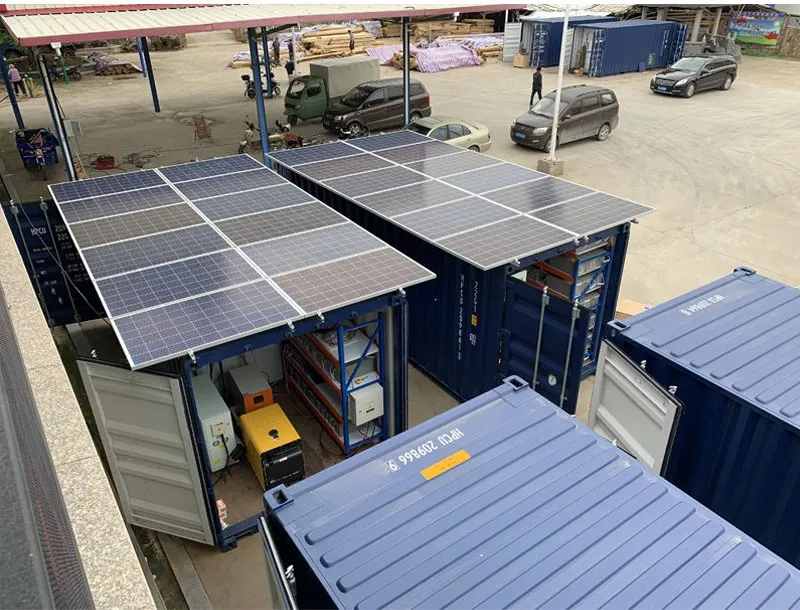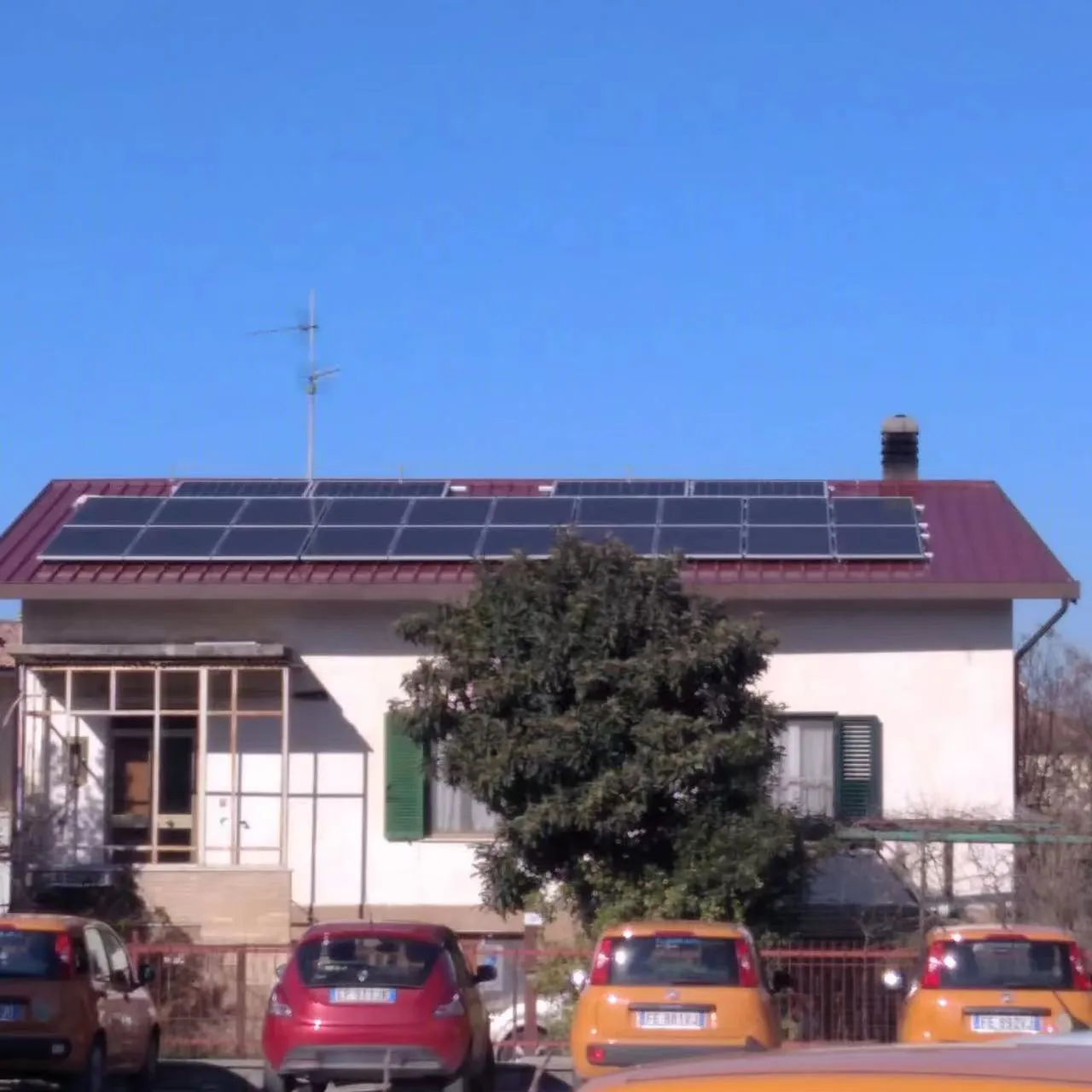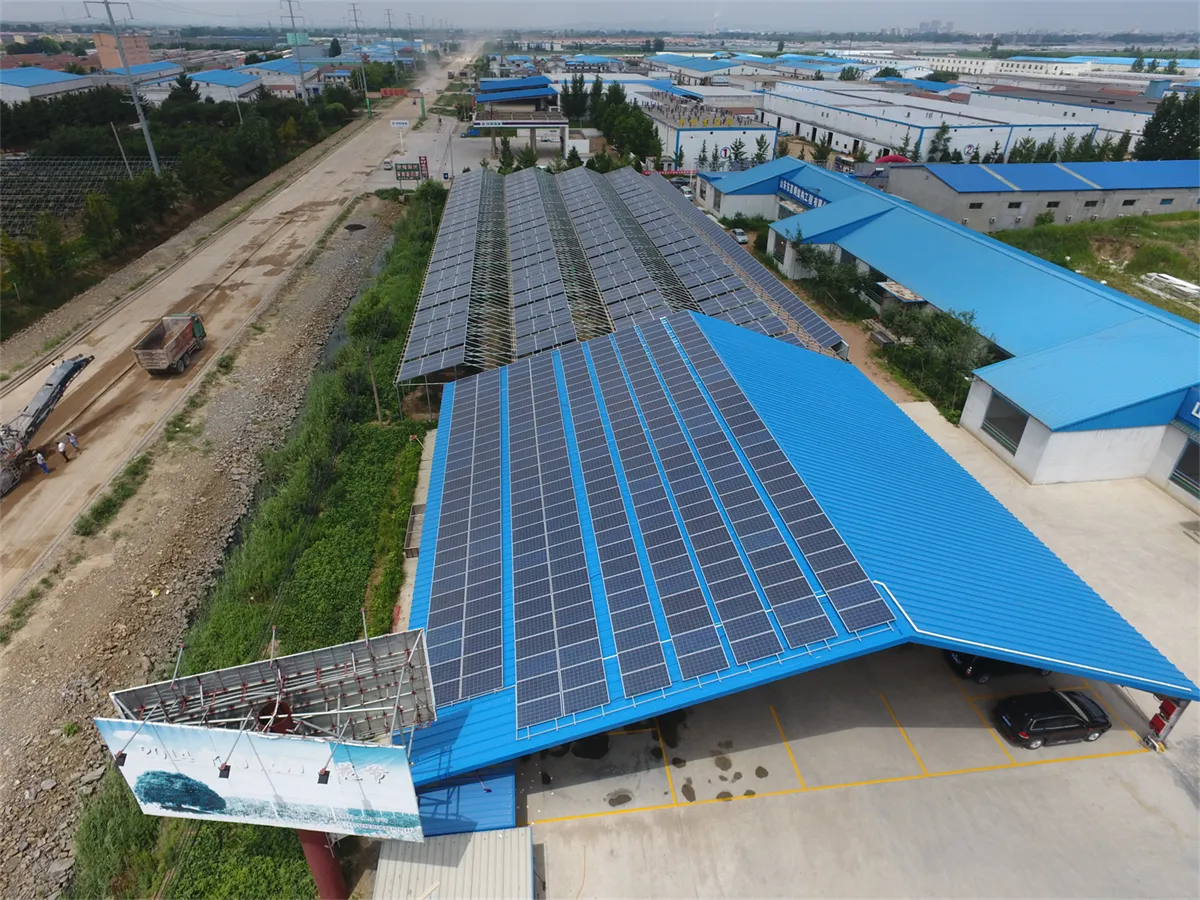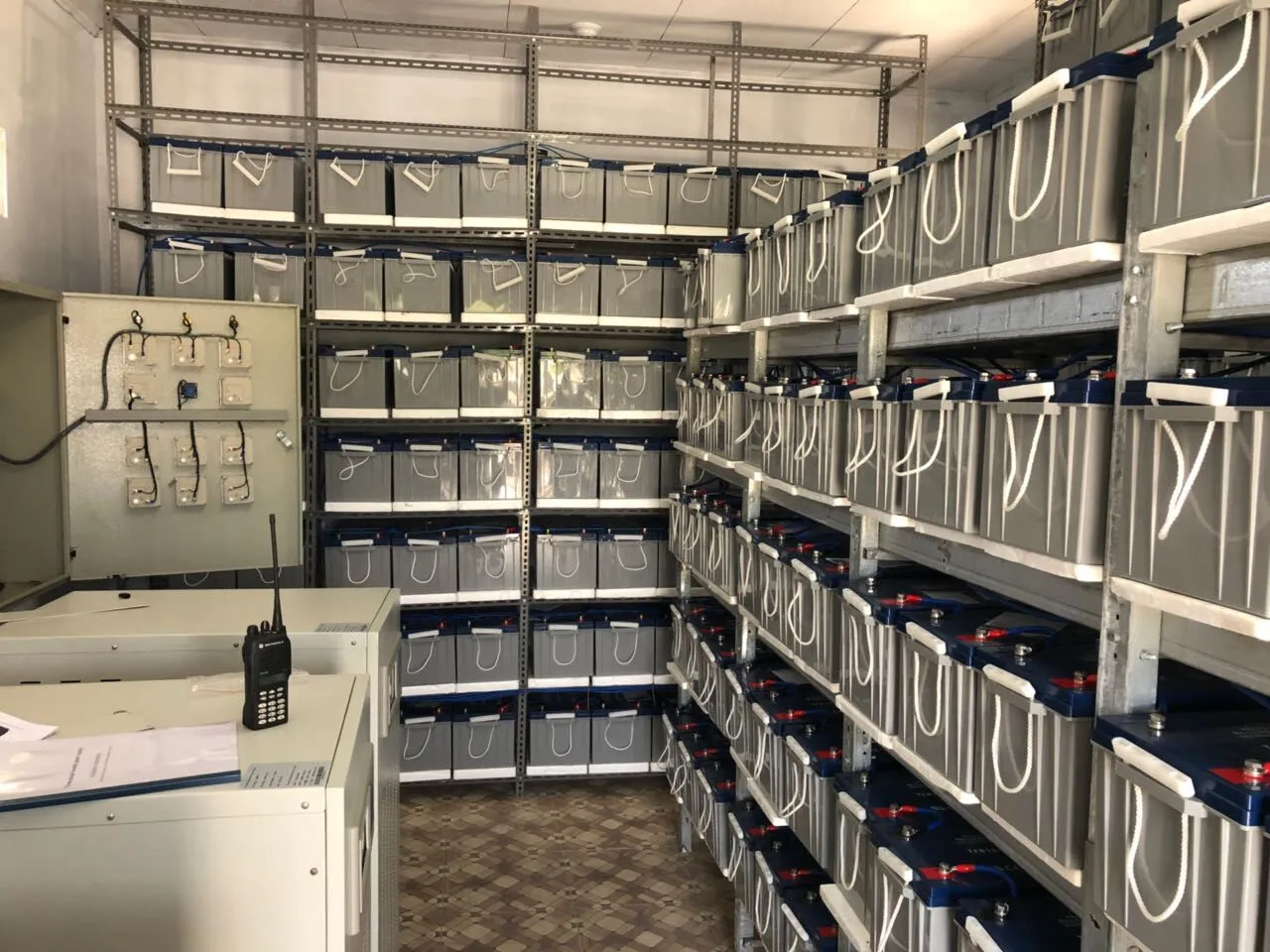
Solar Panel STC and NOCT Test Condition Differences

Why Testing Conditions Matter
Ever wonder why your solar panels never seem to hit the wattage numbers listed on the box? You're not alone! This puzzle is exactly why understanding testing standards like STC and NOCT is so darn important. Manufacturers can't just slap any old number on solar panels—that's where these standardized tests come in.
Think of STC as the "perfect world" lab scenario. It gives us a baseline to compare panels apples-to-apples. But real life? That's where NOCT shines. Roofs get hot, clouds roll in, and panels operate in messy, unpredictable conditions. Understanding both helps you cut through marketing fluff and predict what those panels will actually produce on your rooftop.
Quick Insight: Two panels with identical STC ratings might perform wildly different under real-world NOCT conditions. It’s like comparing cars using only test-track specs versus highway driving during rush hour.

STC: The "Lab Rat" Standard
STC (Standard Test Conditions) is the benchmark that manufacturers use worldwide. It's like taking all panels to an identical science fair where conditions are controlled down to the last detail:
- Irradiance: 1000 W/m² – basically simulating perfect, unobstructed sunshine
- ️ Cell Temperature: A chilly 25°C (77°F)
- Air Mass: 1.5 (that sweet spot when the sun is at a 42° angle)
This standardized cocktail creates a level playing field. When a panel claims "300W," it means it hit that number under these specific STC conditions. Think of it as the "maximum theoretical output" sticker on the box.
But here's the catch—your roof isn’t a climate-controlled lab. Real-world sun intensity dances between 200-1000 W/m² throughout the day. Panels rarely stay at that magic 25°C either (try 50°C+ on a hot roof!). That difference is why STC alone doesn’t tell the full story.

NOCT: Getting Real with Reality
Enter NOCT (Nominal Operating Cell Temperature)—the standard that actually considers how weather and installation impact performance. Born in 1980 to address STC's real-world shortcomings, NOCT tests panels under more authentic conditions:
- Irradiance: 800 W/m² (more realistic with occasional passing clouds)
- ️ Air Temperature: 20°C (68°F)
- Wind: 1 m/s (a light breeze)
- Air Mass: Same as STC at 1.5
The critical shift? NOCT measures air temperature instead of cell temperature. This captures how heat naturally builds up in rooftop installations.
Why does this matter? Ever noticed panels lose efficiency when they overheat? NOCT bakes this effect into its ratings. If a panel outputs 235W under NOCT versus 300W under STC, that gap reveals how much performance drops in typical operating conditions.

STC vs NOCT: The Naked Comparison
| Factor | STC | NOCT | Real-World Impact |
|---|---|---|---|
| Irradiance | 1000 W/m² (Intense, unbroken sun) | 800 W/m² (Partial clouds/shade) | STC overstates sunny-day peaks; NOCT reflects average daylight |
| Temperature | Panel cells at 25°C (Ideal cooling) | Ambient air at 20°C (Natural heat buildup) | STC ignores heat-loss penalty; NOCT captures up to 15% efficiency drop |
| Wind | Not considered | 1 m/s (Cooling breeze) | NOCT slightly boosts output where wind cools panels |
| Purpose | Comparing theoretical limits | Predicting field performance | STC for shopping; NOCT for energy forecasts |
Golden Rule: When sizing your system, skip the STC wattage. Use the NOCT output to size wires, inverters, and estimate true energy generation—especially in distributed solar power systems where shade and heat vary.
Case Study: Why Identical STC Ratings Can Lie
Let's expose STC's limitations with two premium panels both claiming "310W" under lab conditions:
| Panel Spec | SunPower E-Series 310W (STC) | REC Peak Energy 310W (STC) | Performance Gap |
|---|---|---|---|
| STC Power | 310 Watts | 310 Watts | Identical on paper |
| NOCT Power | 235 Watts | 225 Watts | 10W real-world difference |
| Daily Output * | 1,175 Wh/day | 1,125 Wh/day | 5% higher for SunPower |
| Annual Yield * | 428 kWh | 411 kWh | Extra 17 kWh/year |
* Based on 5 peak sun hours daily with 25% system loss
This 10W NOCT gap snowballs into real-world consequences. Over 25 years? That SunPower panel produces 425 kWh extra electricity ! Moral of the story? Always peek at the NOCT rating on the datasheet—it’s your crystal ball for actual performance.
Using This Knowledge to Your Advantage
Here’s how to wield STC and NOCT like a solar pro:
- Shopping Hack: Compare panels using both ratings. Narrow choices with STC, then pick the winner with NOCT.
- System Design: Use NOCT’s lower voltages to calculate voltage drops when sizing wires.
- Location Matters: Hot climates amplify NOCT’s importance—heat knocks 0.5% efficiency off per °C above 25°C.
- Energy Modeling: Tools like PVWatts use NOCT-derived data for production estimates.
- Quick Math: Expect real output at ~75-80% of STC rating (NOCT gives exact percentages).
The bottom line? STC gets the conversation started. But it’s NOCT’s honesty about heat, imperfect sun, and breezes that'll tell you whether that panel will pull its weight on your roof.
Tags:
Recommend Products











